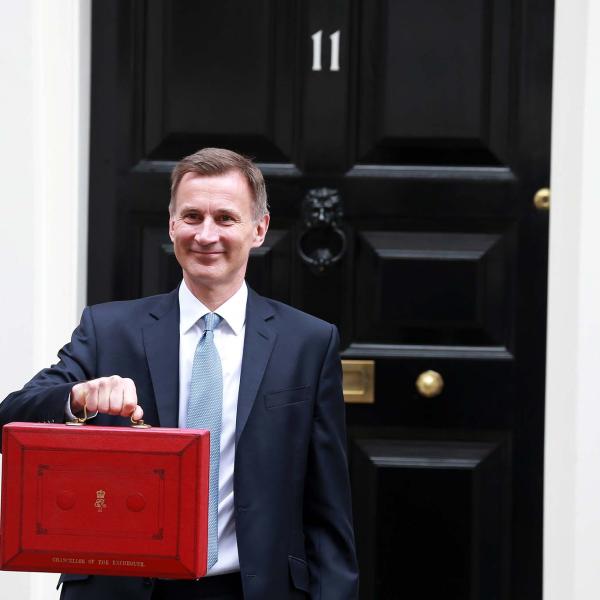The effect of proposed tax policy changes on revenue collections is one of the most important considerations for policymakers. This makes the approach taken in generating ex ante policy costings a crucial part of tax policy appraisal. However, tax policy costings can be both conceptually and practically challenging, with a range of assumptions required to reach any estimate.
In this context, this manual provides a simple methodology for consistently generating estimates of the revenue effects of potential tax policy reforms. The approach provides a framework involving three ways to estimate the impact on revenue: assuming no behavioural response; incorporating responses by directly affected groups of taxpayers; and accounting for wider economic impacts. An analyst undertaking a tax policy costing can follow the steps set out below to build up and present a complete costing (or set of costings).
The policy costing process
1. Definition. Clear statement of the features of the proposed policy change compared with the current situation (e.g. changes to the rate or base of a tax).
2. Rationale. Justification for the proposed policy change based on economic reasoning, in response to a policy ‘problem’.
3. Static costing. A quantitative estimation of the revenue cost or yield from the proposed policy change, noting any assumptions and uncertainties, and assuming that taxpayer behaviour remains fixed at initial pre-reform levels.
4. Behavioural costing. A quantitative estimation of the cost or yield from the proposed policy change, allowing taxpayers directly affected by the reform to change their behaviour in response, thus affecting the volume of income, expenditure, etc., subject to taxation.
5. Consideration of wider economic effects. If appropriate, consider the revenue implications of the likely effects of the proposed policy change on the macroeconomy.
6. Statement of the final policy cost. Set out the final estimated cost of the policy, making clear whether it incorporates wider economic costs and any assumptions and uncertainties. Some final costs will provide low, high and central estimates to reflect these uncertainties.
7. Completion of the policy costing scorecard. If costing multiple policies as part of the budgetary process, collate the (central) costing for each policy to present the cost or yield from the full package of measures being proposed or implemented.
This manual outlines an overall approach to tax policy costing, and explains the necessary steps through worked examples for a number of hypothetical indirect and direct tax policy reforms. The calculations associated with the worked examples are contained in the Costing Examples Spreadsheet, which accompanies the manual. The annotations in the Costing Examples Spreadsheet provide information about each of the necessary steps, and explain the calculations made.
We also provide accompanying materials that may be used by analysts undertaking costings. Annex I provides a suggested policy costing template, which can be used by analysts to document their data, methods and assumptions in a structured and consistent way. Annex II provides a policy costing scorecard where completed costings can be compiled. Annex III provides a completed costing template, using the indirect tax example discussed throughout the manual. The policy calculations in Annex III are contained in the Costing Examples Spreadsheet.
The approach and templates can be used both as part of the policy development process – when different policy options are being considered – and to communicate the costings of chosen policies to key stakeholders (such as parliaments, civil society organisations, business organisations, etc.). They have been used in joint work with TaxDev’s partners in Ethiopia, Ghana, Rwanda and Uganda as part of the appraisal of tax policy proposals (particularly in advance of budgets) and to update revenue forecasts following the decision to implement particular proposed reforms.
This manual is part of a wider set of resources developed by TaxDev that have been designed to support tax policymakers during the policy appraisal and costings processes. Because costing a policy is only one part of this process, this manual and associated resources should be read alongside the policy appraisal manual (Granger, Phillips and Warwick, 2021), and – where relevant – used in conjunction with the associated policy appraisal and costings templates.












